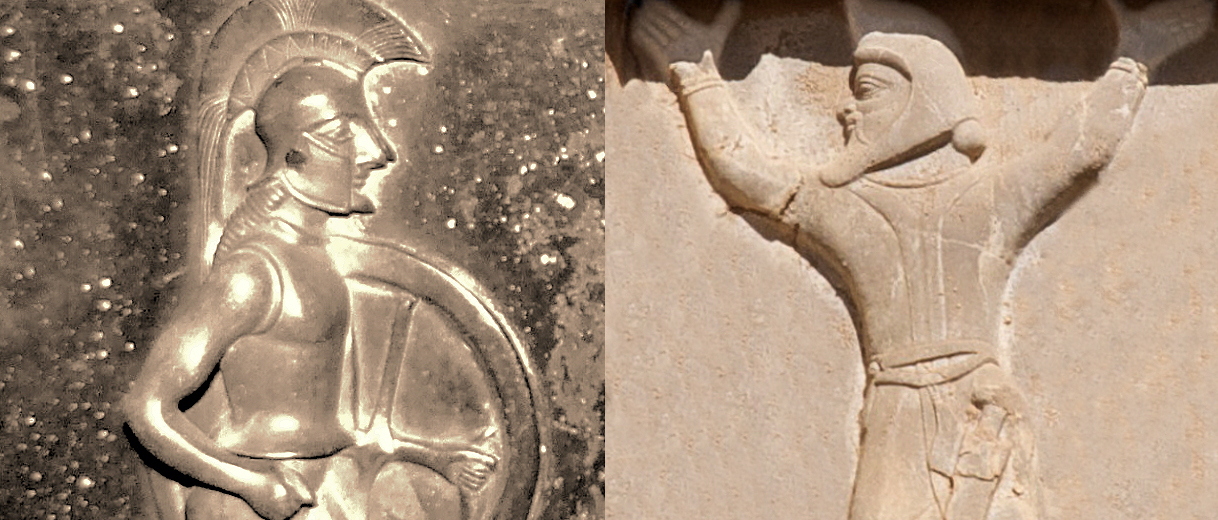Battle of Thermopylae
Posted on 25th December 2020
The Persian army had failed in their attempt to overthrow Greece during the 1st Persian Invasion of 490BC, however they were not to be deterred.
Persia, now led by King Xerxes I following his father King Darius I death, was determined to conquer all of Greece and was to spend many years planning this invasion which lasted 480BC – 479BC.
The Battle of Thermopylae took place in 480BC and was to last three days.
King Xerxes marched his army towards Thermopylae. There is dispute about the size of his army, but it could have been as much as 100,000 – 150,000 strong.
An alliance of Greek city-states had amassed 7,000 men led by King Leonides of Sparta and in the summer of 480BC they marched north to block the Persian army at the mountain pass at Thermopylae.
King Xerxes and his army arrived in late August, but did not attack the Greeks immediately; he waited four days thinking the Greeks would flee as they were so heavily outnumbered but this was not to be the case.
On the fifth day the Persian army attacked. King Xerxes ordered 5,000 archers to fire arrows directly at the Greeks, but these were highly ineffective against the shields of the Greek army; he then followed this with 10,000 men sent in a full-frontal attack.
The Greeks held their position in the Phalanx (shoulder to shoulder) position; although outnumbered they were better armoured with their long spears, swords and shields; many Persians were killed in this attack with only small losses to the Greeks.
The Persian army attacked again with another 10,000 men, running straight at the Greek army who then pretended to retreat; then turning back they slaughtered the Persians running towards them.
The following day King Xerxes attacked with his infantry; still not breaking through the Greek lines, he retreated back to camp, with his men.
The Greeks, though outnumbered fought hard, but they were to be betrayed by one of their own; a native Greek named Ephialtes, hoping for a reward, told King Xerxes of a mountain pass around Thermopylae and offered to guide the Persians through it.
On the evening of the second day of battle King Xerxes ordered his Commander Hydarnes to take 20,000 men and circle the pass of Thermopylae. At dawn on the third day the Phocians (Greeks) guarding the path above Thermopylae, became aware of Persians approaching; they armed themselves, but the Persians were not interested in fighting and merely shot arrows at them as they passed, continuing to march towards their goal, the main Greek force, which they then encircled.
Leonidas was told of the Persian advance and held a council of war. Following this only 1,500 men were to stay and fight. Many were either ordered to go or chose to leave.
King Xerxes with his infantry and cavalry charged at the Greek army meeting them head-on at the widest part of the pass. The Greeks fought bravely; in the ensuing battle their leader the Spartan King Leonidas was to die. His comrades were determined to recover his body and they fought fiercely to do this.
The Greek army fought bravely to the end, even continuing to fight with just their bare hands, but it was a hopeless cause and the Persian army were victorious; the mountain pass at Thermopylae was now open for them to continue with their quest to conquer all of Greece.
Tagged as: Junior Ancient Greece
Share this post:





